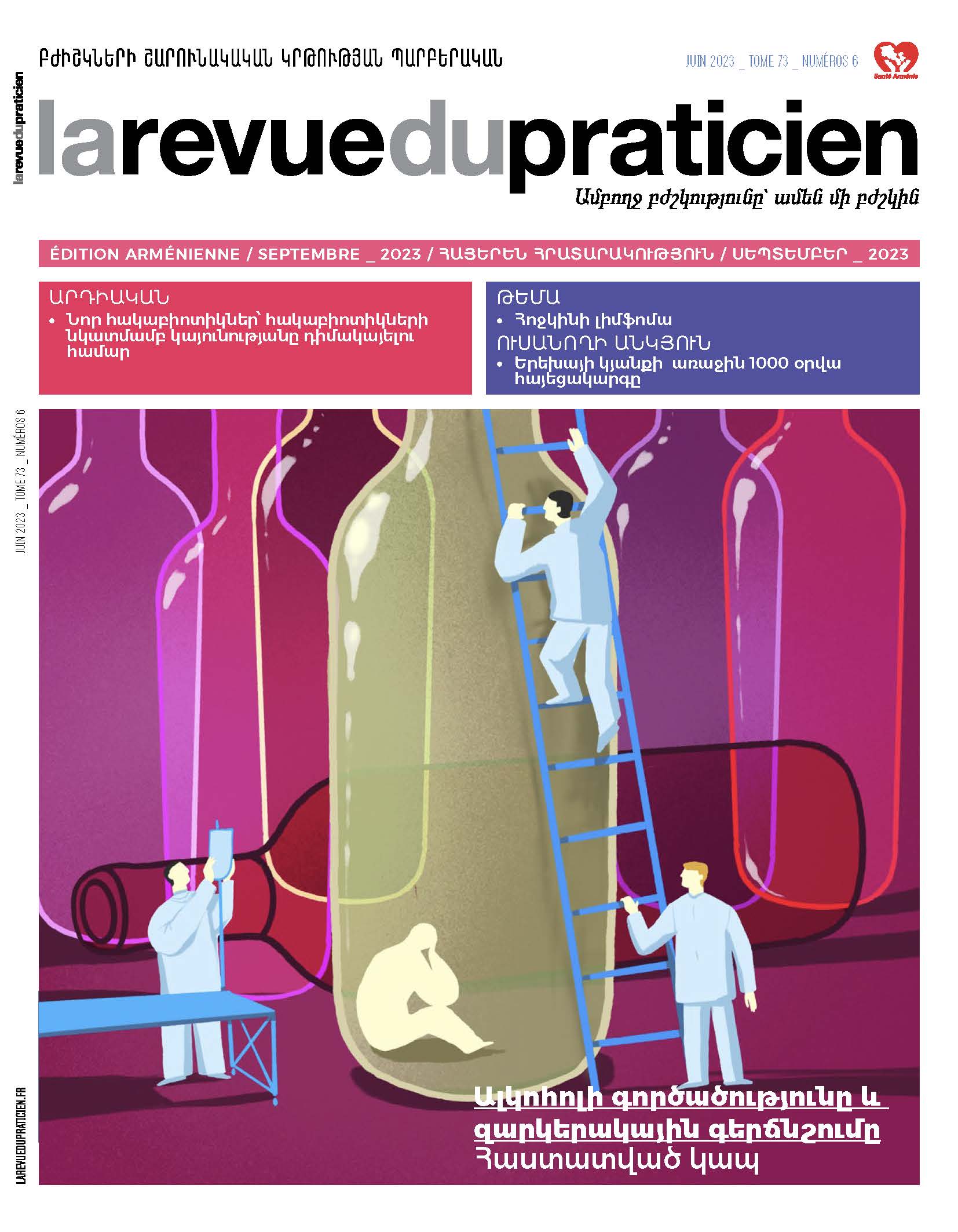Relapse of Hodgkin lymphoma: second and subsequent line treatments 48
Bénédicte Deau Fischer.Abstract
Patients who fail first-line treatment can be cured with salvage chemotherapy followed by intensified therapy and hematopoietic stem cell autotransplantation. This treatment strategy is feasible for patients who are eligible based on their age, with chemosensitive disease and associated comorbidities. There is no standard of care for salvage chemotherapy, but patients who are in complete remission prior to transplantation have the best prognosis. Combinations of salvage therapy, including new molecules, have shown interesting results, but without comparative trials. The use of brentuximab vedotin as a maintenance treatment post autotransplant has been evaluated for patients at high risk of relapse, resulting in a significant improvement in progression-free survival. Allograft is a curative option for postautotransplant relapse; however, immunotherapy with antiPD1 calls into question the role and timing of allograft.
MeSH :
Antineoplastic Combined Chemotherapy Protocols/therapeutic use,
Brentuximab Vedotin/ therapeutic use,
Hodgkin Disease/drug therapy,
Humans,
Neoplasm Recurrence,
Local/drug therapy,
Neoplasm Recurrence,
Local/etiology,
Prognosis,
Treatment Outcome.
Keywords :
Hodgkin Disease.
